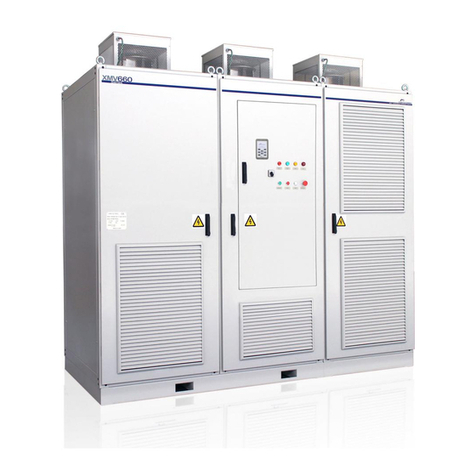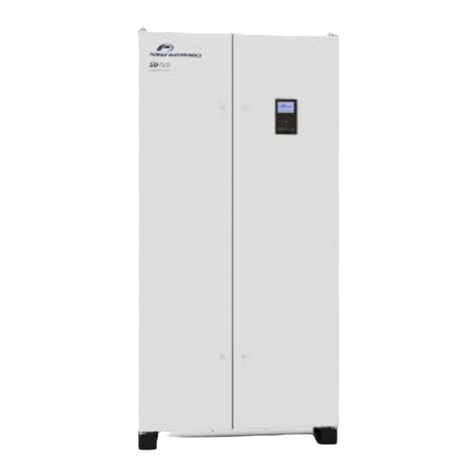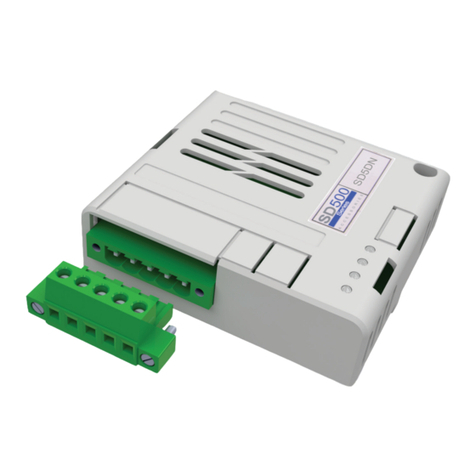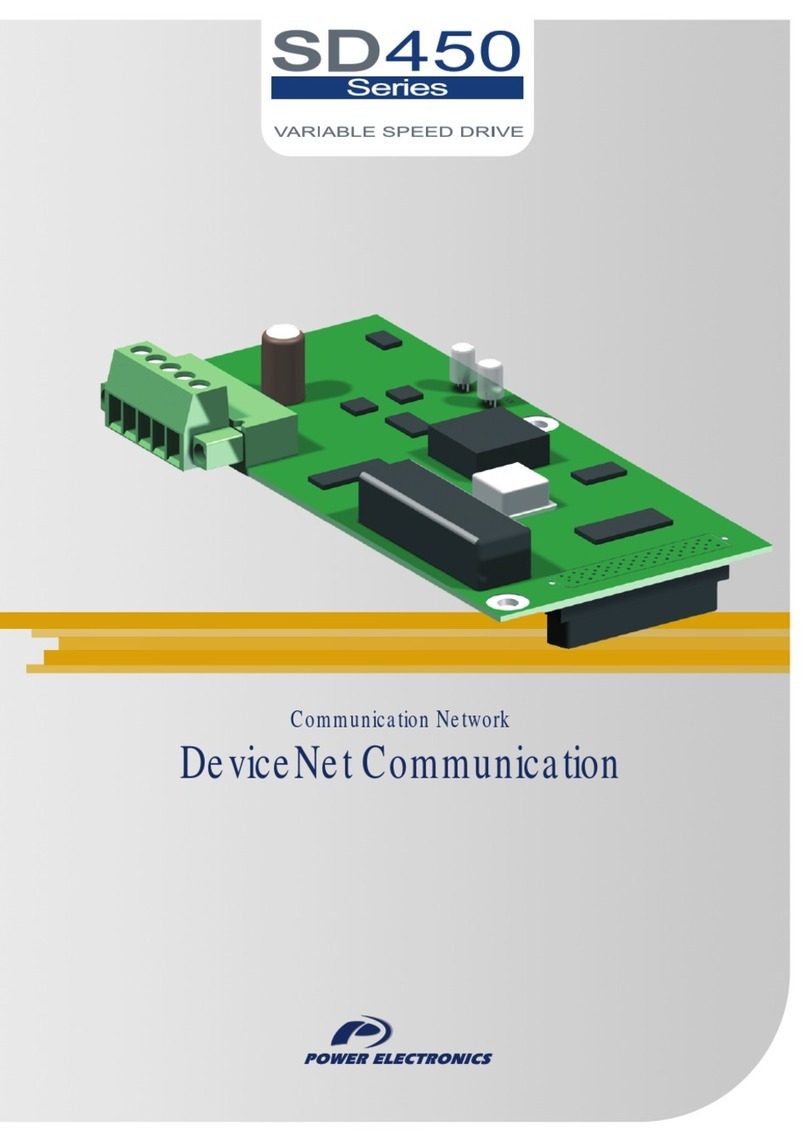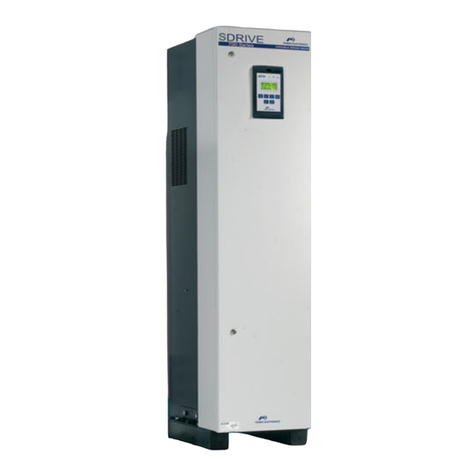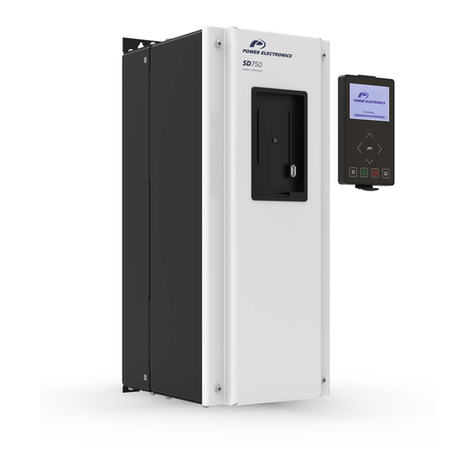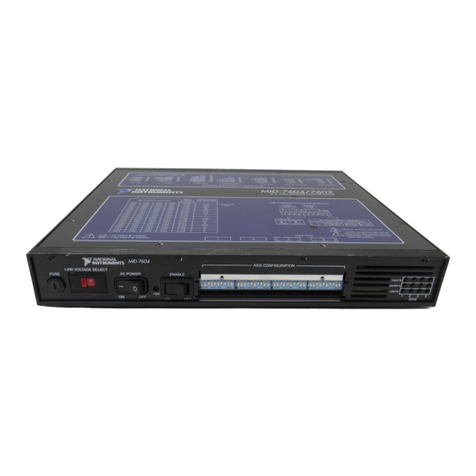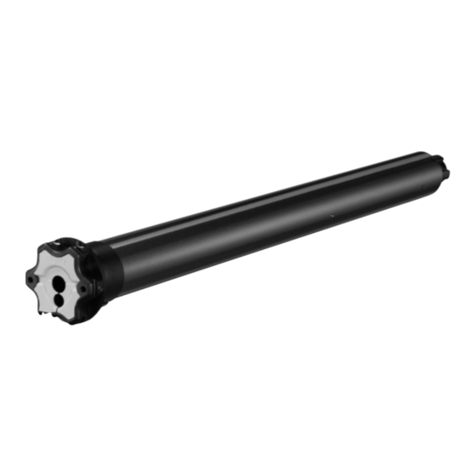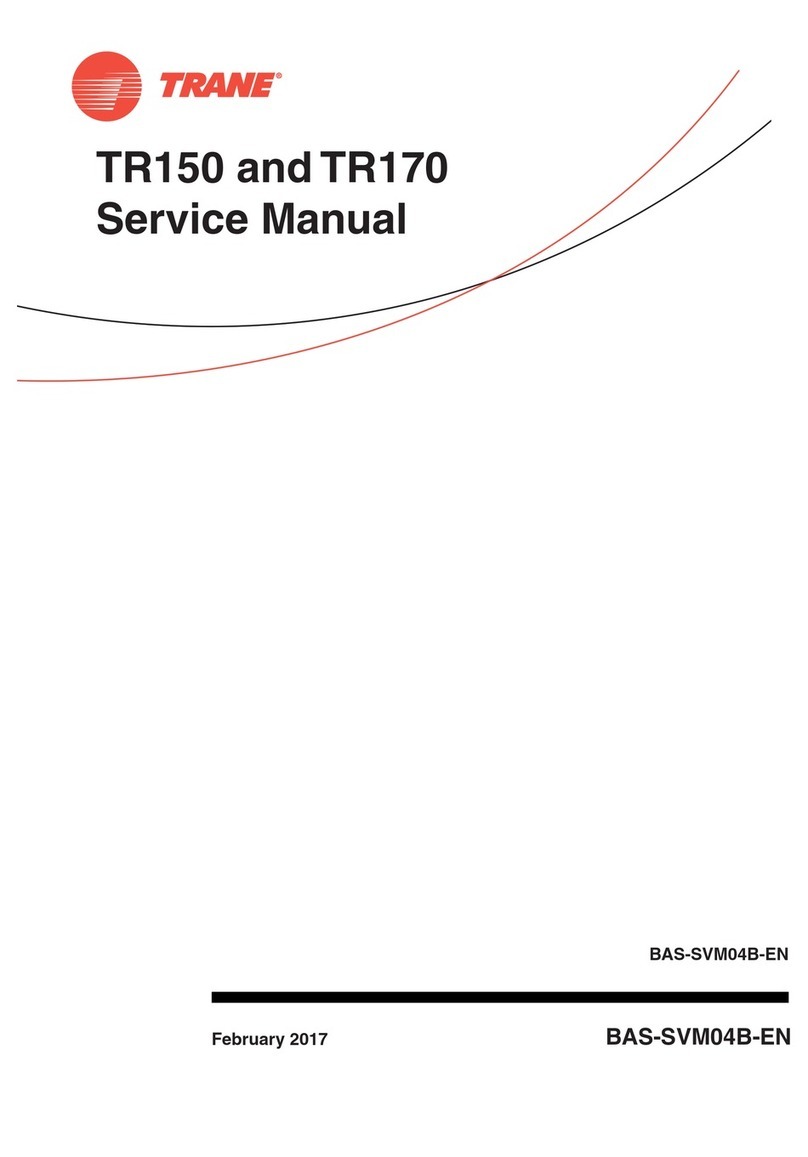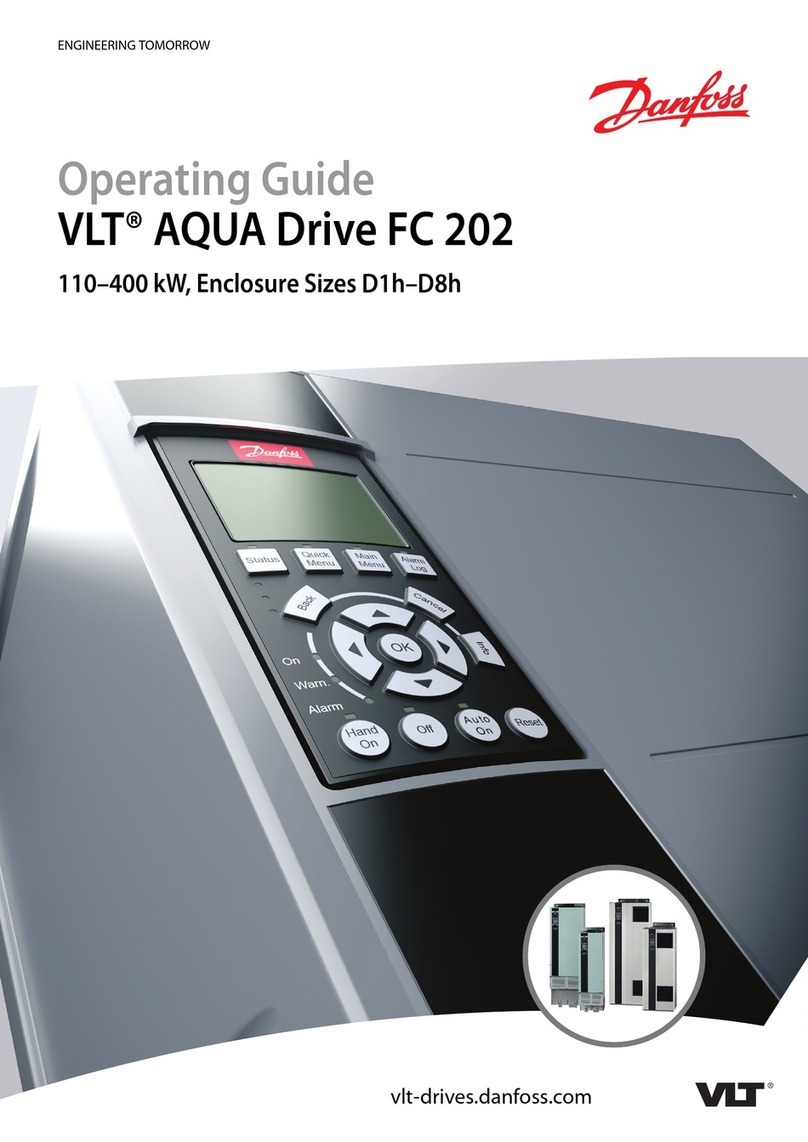8
© Copyright 2016 Power Electronics®International Inc. 561-8 Plate Drive, East Dundee, Illinois 60118-2467 USA
How do I begin to troubleshoot a PE®Variable Speed Drive?
All of the products manufactured by Power Electronics®have similar programming and the event codes are also very
similar across the Micro-Speed®Product Lines.
The first thing to do is check the fuses and Event Codes on your unit. If the fuses are blown, do not just replace them
with new fuses. Just replacing them may make a problem worse or damage the drive. Check for wiring or other shorts
first. When a problem arises, such as excessive current draw, often the unit will protect itself by shutting down, then
displaying and recording an Event Code. The code reveals information about the most recent condition. See the FAQ
named What is typical behavior of a PE®drive when a trip event occurs? for more information.
If the fuses are okay and the drive can power up (display is on), check for an Event Code to be displayed on the screen
and check the Event Code FAQ’s below, as well as the troubleshooting steps listed in your manual. If you do not have an
F-code displayed, check the “E1-E4” parameters to see the Event Codes which may have recently been displayed. To do
this, press and hold the “SCROLL” button until “E” is displayed, then let go of the “SCROLL” button. “E1” will be displayed
briefly, then it will display the most recent F-code recorded (newer models –Version 2.1 and higher –will also display a
number in front of the F-code, indicating the number of times that particular trip has occurred). To view the previous
Event Codes (in order of occurrence), tap the scroll button to read the next three recorded Event Codes at E2, E3 and E4
respectively. The presence of F-codes does not necessarily mean that the unit has been damaged.
Refer to the Event Code list below to help diagnose and troubleshoot issues with your system.
To exit from the “E” parameters, press and hold the scroll button again until “cOFF” or “rOFF” is displayed then let go.
How can I see the event code history on my drive?
Automatic storage of event codes
The Micro-Speed®Smart-Move, Micro-Speed®CX™ and Micro-Speed®MX/MV™ models all automatically store the last
four different types of event codes the drive has seen. They are stored in the Diagnostics memory locations E1, E2, E3,
E4. Memory location E1 contains the most recent trip code (newer models also have a number in front of the code,
indicating the number of times that type of trip has occurred). This history can help diagnosis a problem –including
motor and other mechanical conditions.
How can I use the drive’s event codes to help me diagnose and fix system issues?
Interpreting Event Codes
When a trip occurs, one of the codes listed below will be displayed, and action should be taken to correct the cause. The
list of event codes on this site and in your manual will explain each trip condition, and give some possible causes. If the
recommended changes do not relieve the problem, then please contact the factory for further assistance. If calling, it
will be helpful to have a complete list of the recorded event codes (E1-E4) available along with the model and serial
number of the product in question.
